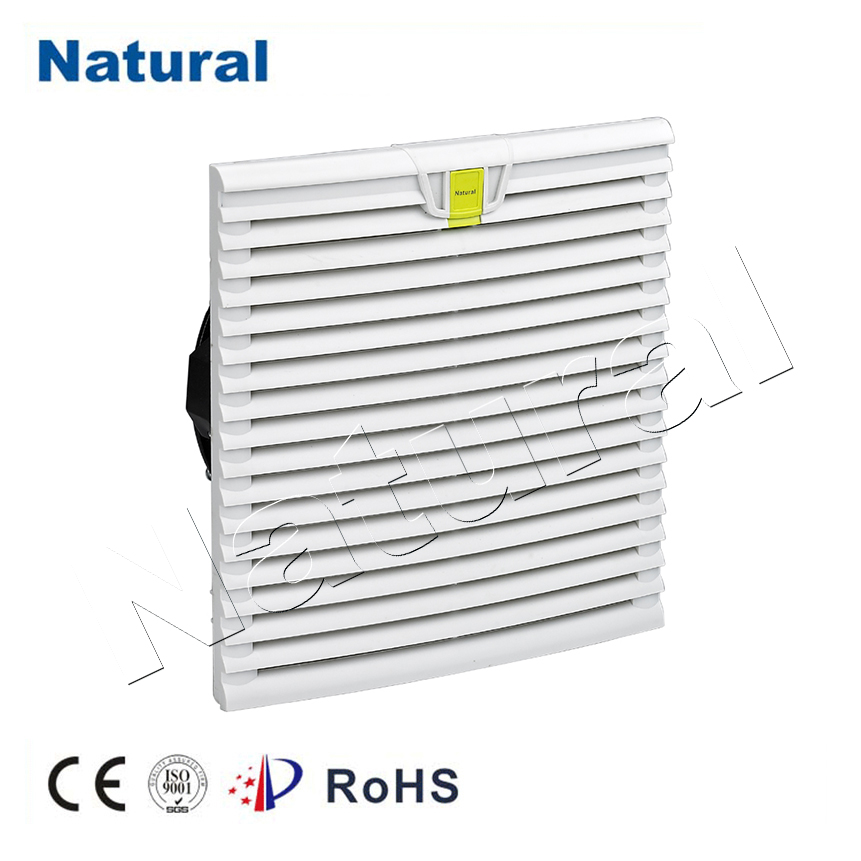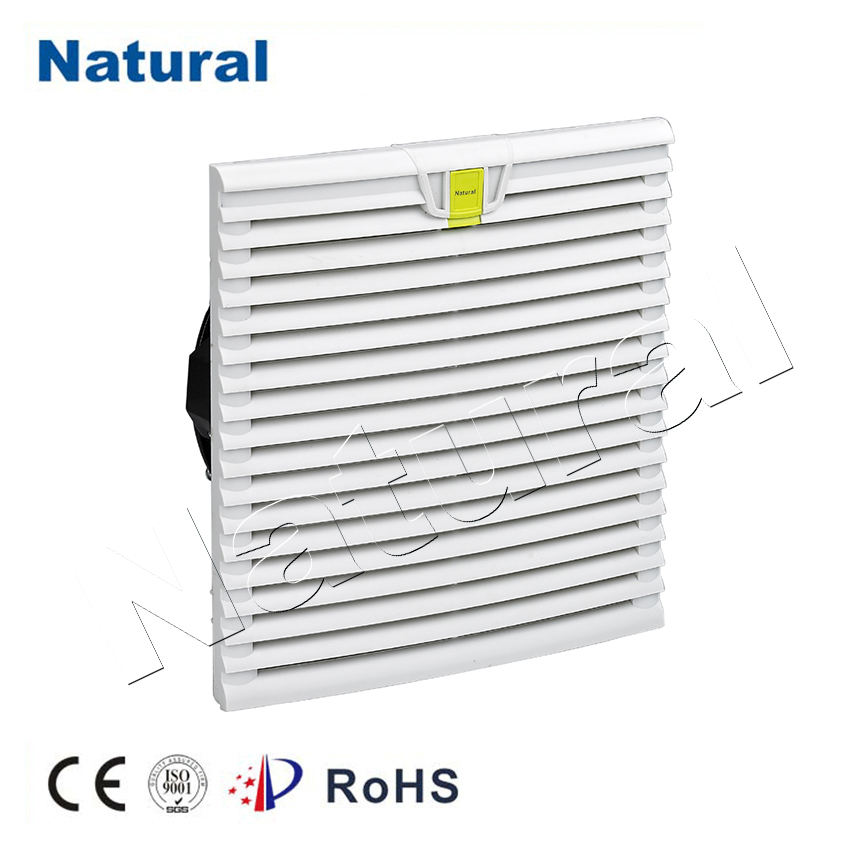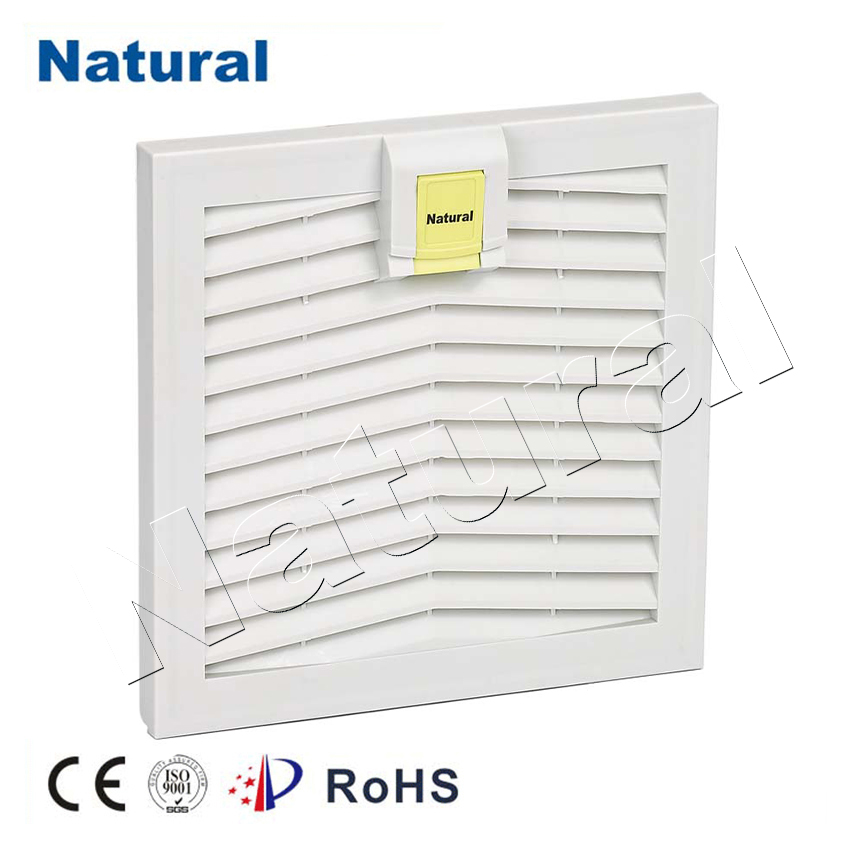In today’s world, where air quality and environmental concerns are at the forefront of public consciousness, understanding the role of specific components in ventilation systems is crucial. One such component that plays a significant role in maintaining air quality in various settings, from industrial workplaces to residential areas, is the fan filter. This article delves into the significance, functionality, and types of fan filters, providing a comprehensive overview for anyone interested in improving indoor air quality or understanding HVAC systems better.

What is a Fan Filter?

A fan filter is a specialized device integrated into ventilation and HVAC (Heating, Ventilation, and Air Conditioning) systems that aids in purifying the air by removing particulate matter and various contaminants. They are often positioned at the intake of a fan unit, which allows them to trap dust, pollen, mold spores, and other airborne pollutants before the air is circulated within a building. The use of fan filters is essential not only in homes but also in commercial settings, laboratories, and healthcare facilities, where air quality is paramount. The Importance of Fan Filters Improving Indoor Air Quality: One of the most significant roles of fan filters is enhancing indoor air quality (IAQ). Poor IAQ can lead to health issues, including respiratory problems, allergies, and long-term illnesses. By filtering out harmful particles and allergens, fan filters provide a healthier environment for occupants.
